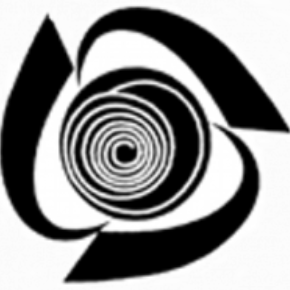Interactive Self-Study Modules
Most modules include: introduction, ConcepTests, short introductory screencasts, important equations, interactive simulations with questions, quiz-yourself simulations, example problem screencasts, and summary. The self-study modules are described in this screencast.
MEB self-study modules organized by textbook here
Problem Analysis
- Units, Dimensional Analysis, and Conversion Factors
- Correlations
- Iterative Solutions of Nonlinear Equations
- Manometry
Material Balances
- Material Balances
- Degrees of Freedom
- Recycle Mass Balances
- Chemical Reactions
- Reactive Material Balances
- Purge Stream in a System with Recycle
- Material Balances on Transient Processes
- Wet/Dry Basis
- Combustion Reactions
Phase Equilibrium
Fluid characteristics/fluid statics
Fluid dynamics
- Bernoulli’s Equation
- Viscosity and Shear Stress
- Conservation of Mass
- Introduction to Pipe Flow
- Calculating Velocity in Pipe Flow
- Characteristics of a Boundary Layer over a Flat Surface
- Entrance Length in Pipe Flow
- Calculating Pressure Drop and Power in Pipe Flow
- Calculating Length and Equivalent Length in a Pipe
- Multipipe Systems
- Linear Momentum
Other topics
Thermodynamics self-study modules organized by textbook here
Basics
Energy, Entropy, and Cycles
- Heat Capacities
- State Functions
- First Law – Closed Systems
- First Law – Open Systems
- Unsteady-State Energy Balances on Tanks
- Heats of Reaction
- Adiabatic Flame Temperature
- Entropy
- Turbines and Compressors
- Reversible and Irreversible Expansion/Compression Processes
- Adiabatic Reversible Expansion and Compression
- Carnot Cycle
- Rankine Cycle
- Refrigeration Cycle
- Throttling and Joule-Thomson Expansion
- Fundamental Property Relations
- Liquefaction
Single-Component Phase Equilibrium
Multi-component Phase Equilibrium
- Lever Rule
- Raoult’s Law and VLE
- Flash Separations
- Partial Molar Quantities
- Fugacities of Mixtures
- Chemical Potential
- Vapor-Liquid Equilibrium for Non-Ideal Solutions
- Osmosis and Reverse Osmosis
- Absorption and Henry’s Law
- Enthalpy of Mixing and Deviation from Raoult’s Law
- Using a Cubic Equation of State to Determine VLE
- Gibbs Free Energy and Phase Separation
- Partially-Miscible Liquids Phase Diagrams
- Immiscible Liquids Phase Diagrams
- Solid-Solid-Liquid Phase Diagrams
- Ternary Phase Diagrams
- Azeotropes
Chemical Reaction Equilibria
Isothermal reactors
- Isothermal Batch Reactors
- Isothermal Continuous Stirred Tank Reactors (CSTRs)
- Isothermal Plug Flow Reactors (PFRs)
- Isothermal Semibatch Reactors
Non-isothermal reactors
- Energy Balance in Steady-State PFR
- Energy Balances in Stirred Tank Reactors
- Multiple Steady States in a Non-Isothermal CSTR
- Pressure Drop in Packed Bed Reactors
Kinetics and Catalysis
- Adsorption
- Steady-state Approximation and Rate-determining Step
- Langmuir-Hinshelwood Kinetics
- Enzyme Kinetics
- Polymerization Kinetics
- Diffusion and Reaction in Porous Catalysts
Other
Thermodynamics review
- Partially-Miscible Liquids Phase Diagrams
- Solid-Solid-Liquid Phase Diagrams
- Raoult’s Law and VLE
- Vapor-Liquid Equilibrium for Non-Ideal Solutions
- Azeotropes
Distillation
Absorption/stripping/extraction
- Absorption and Henry’s Law
- Absorption Columns
- Stripping Columns
- Ternary Phase Diagrams
- Hunter-Nash Method for Liquid-Liquid Extraction
Other separation techniques

